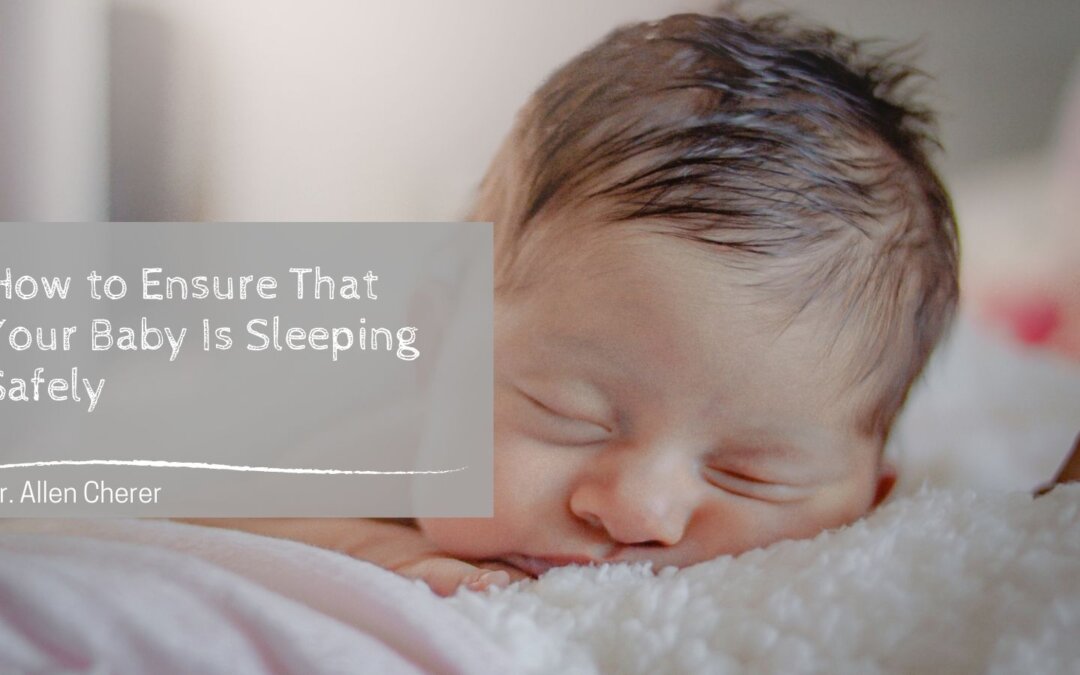Ensuring that your baby is sleeping safely is one of the most important concerns for new parents. It can be overwhelming with all the advice out there, but following some basic guidelines can make a huge difference. Here’s a straightforward guide to help you ensure your baby is sleeping safely.
Create a Safe Sleep Environment
The first step is setting up a safe sleep space. Your baby should always sleep on their back, on a firm mattress in a crib, bassinet, or play yard that meets the current safety standards. Avoid placing your baby on soft surfaces like sofas, armchairs, or adult beds, as these can increase the risk of suffocation.
Keep the Crib Clear
Make sure the crib is free of toys, pillows, blankets, and bumper pads. While it might be tempting to decorate the crib, these items can pose a suffocation hazard. Use a fitted sheet on the mattress, and dress your baby in a sleep sack or onesie to keep them warm.
Room Sharing
The American Academy of Pediatrics (AAP) recommends room sharing without bed sharing. Having your baby sleep in the same room as you for at least the first six months can reduce the risk of sudden infant death syndrome (SIDS). However, your baby should have their own sleep surface.
Maintain a Comfortable Temperature
Keep the room at a comfortable temperature to prevent your baby from overheating. Dress your baby in light sleepwear and avoid heavy blankets. A good rule of thumb is to dress your baby in one more layer than you would wear to be comfortable in the same environment.
Use a Pacifier
Offering a pacifier at nap time and bedtime can reduce the risk of SIDS. If your baby is breastfeeding, wait until breastfeeding is well-established before introducing a pacifier, usually around 3-4 weeks. If the pacifier falls out after your baby falls asleep, there’s no need to put it back in.
Avoid Smoke Exposure
Exposure to smoke increases the risk of SIDS. Ensure that no one smokes around your baby, and keep your home and car smoke-free.
Follow Safe Swaddling Practices
Swaddling can help some babies sleep better, but it’s important to do it safely. Make sure the swaddle is snug around the chest but loose around the hips to allow for proper hip development. Once your baby starts showing signs of rolling over, it’s time to stop swaddling to prevent the risk of suffocation.
Regular Check-Ups
Regular pediatrician visits are crucial. Your doctor can provide personalized advice and ensure your baby is growing and developing properly. If you have any concerns about your baby’s sleep, don’t hesitate to ask your pediatrician.
Be Informed and Stay Calm
Finally, educate yourself about safe sleep practices but don’t stress too much. It’s normal to feel anxious, but remember that following these guidelines can significantly reduce risks. Trust your instincts and reach out to healthcare professionals if you have any concerns.
Conclusion
Ensuring your baby sleeps safely is all about creating the right environment and following simple, effective guidelines. By keeping the sleep space clear, maintaining a comfortable temperature, and practicing safe swaddling, you can help your baby sleep soundly and safely. Remember, every baby is different, so it’s okay to adapt these tips to what works best for you and your little one.

